ELEMENTS OF COMPOSITION
Balance, Contrast, Focus, Motion, Pattern, Proportion, Rhythm, and Unity are regarded to constitute the Elements of Composition in Western art.
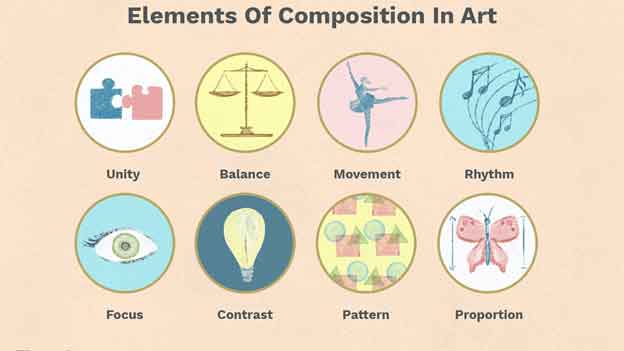
Elements of Composition
In art, the elements of composition are employed to arrange and organise the visual components in a pleasing fashion for the artist and, hopefully, the observer. They aid in the organisation of the painting’s plan and the presentation of the topic. They can also entice or guide the viewer’s eye to travel around the entire artwork, taking in everything before returning to the focal point. Compositional components in Western art are typically thought to be:
- Unity:Do all of the elements of the composition feel as if they belong together, or is there something that feels clumsy and out of place?
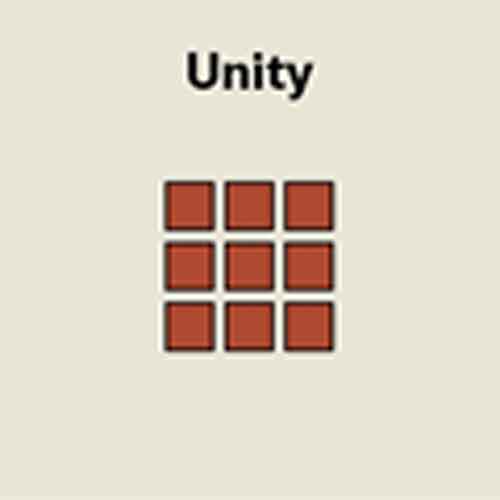
- Balance: The impression that the painting “feels right” and is not heavier on one side is called balance. A symmetrical design generates a calmer atmosphere, whereas an asymmetrical configuration creates a more dynamic one. An unbalanced picture produces a feeling of discomfort.
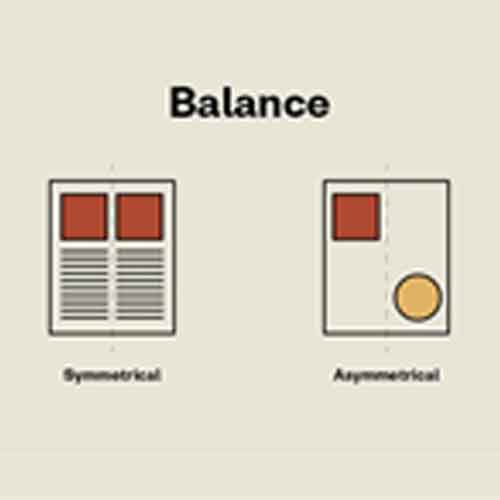
- Movement:The arrangement of items, the location of figures, and the flow of a river are all examples of how to create a sense of movement in a painting. Leading lines (a photography phrase that can be applied to painting) can be used to guide the viewer’s eye into and around the painting. Leading lines can be physical lines, such as fence or railroad lines, or suggested lines, such as a row of trees, a stone curve, or a circle.
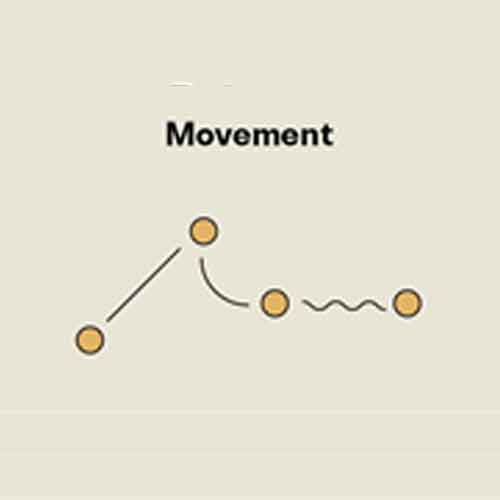
- Rhythm:A piece of art might have a rhythm or underlying beat that directs your eye to observe the artwork at a certain rate, similar to how music does. Look for repetitive colour and huge underlying shapes (squares, triangles, etc.)
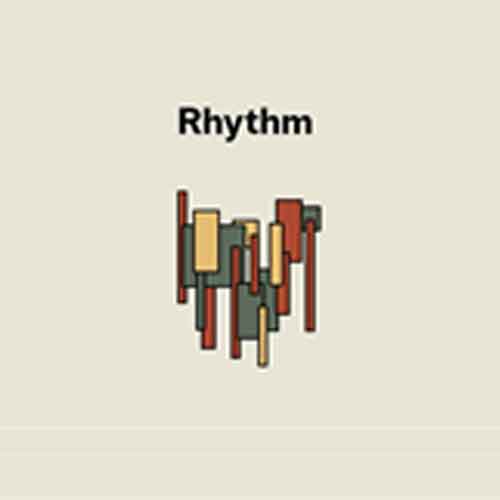
- Focus(or Emphasis): The viewer’s eye eventually wants to rest on the painting’s “most important” thing or focal point; otherwise, the eye feels lost and wandering around in space.
- Contrast:Paintings with high contrast—for example, considerable contrast between light and dark—have a distinct feel than paintings with limited light and dark contrast, such as those in Whistler’s Nocturne series. Aside from light and dark, contrast can be defined as variations in shape, colour, size, texture, line type, and so on.
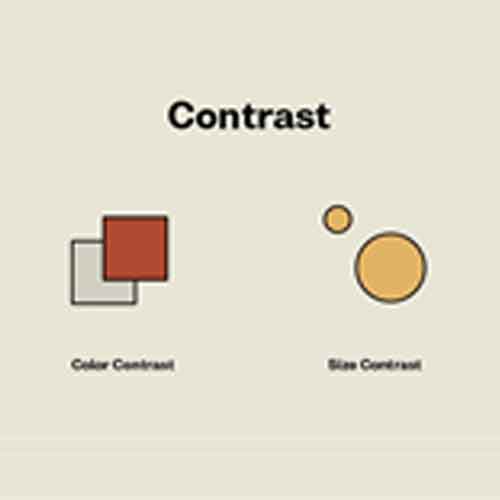
- Pattern:In a composition, a constant repetition of lines, shapes, colours, or values.
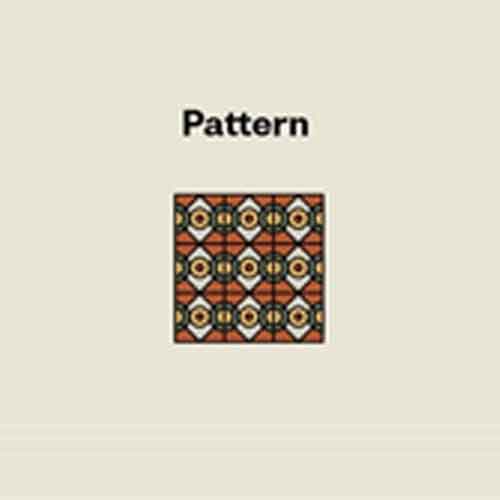
- Proportion: In terms of size and scale, how things fit together and relate to one another, whether large or small, close or far.
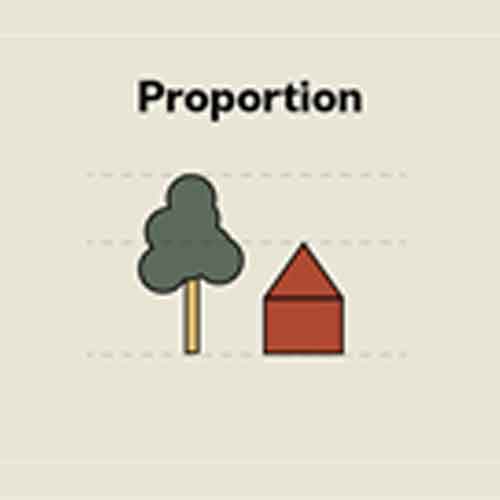
The components of composition and the elements of art are not the same thing, but composition is occasionally included under the latter.


